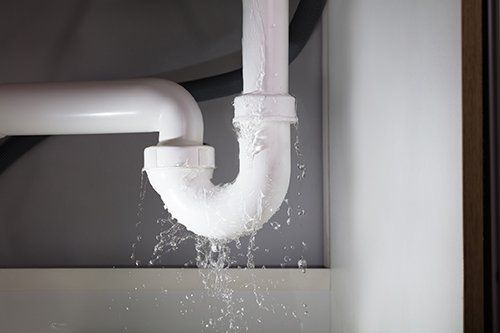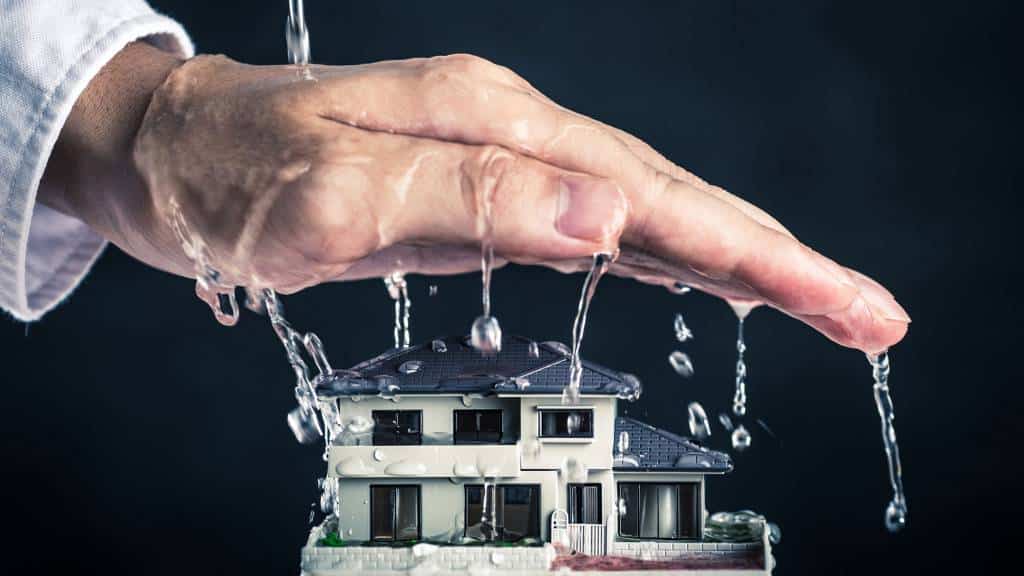Pinpoint Six of The Commonest Causes for Leakage in Your Home
Pinpoint Six of The Commonest Causes for Leakage in Your Home
Blog Article
We've come across the article relating to Top Causes of Home Water Leaks below on the web and accepted it made sense to discuss it with you on my blog.

Leakages not only cause waste of water however can additionally create unnecessary damage to your home as well as advertise undesirable natural development. By looking and understanding for everyday situations that trigger leaks, you can safeguard your house from future leaks and unnecessary damages.
Encroaching roots
Many water leakages start outside your house instead of inside it. If you observe an unexpected reduction in water pressure, claim in your tap, require time to head out and examine your backyard. You may discover damp patches or sinkholes in your yard, and that might imply that tree roots are attacking water lines triggering water to seep out. You can have your plumber look for intrusion, particularly if you have trees or bushes near your residential or commercial property.
Corroded water systems
As time goes by, your plumbing system ages as well as deterioration such as corrosion might begin gnawing the pipelines. This could be the cause of discoloration or bending on your pipes. This asks for an evaluation with your plumber right away. If our plumbing system is old, take into consideration changing the pipelines considering that they go to a higher risk of rust than the newer designs.
Faulty Pipeline Joints
The point at which your pipes attach is frequently the weakest link in the waterline. Pipeline joints can deteriorate gradually, causing water leaks. The majority of pipe joints are not quickly visible. If you have noisy pipelines that make ticking or banging noises, specifically when the warm water is activated, your pipe joints are probably under a lot of pressure. It is advisable to have your plumber examine your system yearly.
Immediate temperature level modifications.
Severe temperature level changes in our pipes can create them to broaden and also get all of a sudden. This growth as well as contraction may trigger cracks in the pipes, particularly if the temperature level are below cold.
Poor Water Connectors
Sometimes, a leakage can be brought on by loose tubes as well as pipes that supply your home appliances. More often than not, moving is what causes the loosened water Links. You could find when it comes to a cleaning maker, a hose pipe might spring a leak as a result of trembling throughout the spin cycle. In case of a water links leak, you may observe water running directly from the supply line or puddles around your home appliances.
Clogged Drains
Blocked drains might be bothersome and inconveniencing, but they can in some cases end up triggering an overflow causing rupture pipes. Maintain removing any kind of materials that may go down your drains that can block them to stay clear of such aggravations.
All the above are root causes of leakages but not all water leakages arise from plumbing leaks; some leaks might originate from roofing system leaks. All leaks should be repaired quickly to stay clear of water damages.
Leaks not only create waste of water yet can additionally trigger unnecessary damages to your house and promote undesirable organic development. By looking as well as recognizing for everyday scenarios that create leaks, you can safeguard your home from future leakages as well as unneeded damages. Today, we will look at six leakage creates that might be causing your pipes to drip.
At times, a leak can be triggered by loosened hoses as well as pipes that provide your appliances. In case of a water links leakage, you may discover water running directly from the supply line or puddles around your devices.
How To Check For Water Leak In Your Home
How To Check for Leaks
The average household's leaks can account for nearly 10,000 gallons of water wasted every year and ten percent of homes have leaks that waste 90 gallons or more per day. Common types of leaks found in the home are worn toilet flappers, dripping faucets, and other leaking valves. These types of leaks are often easy to fix, requiring only a few tools and hardware that can pay for themselves in water savings. Fixing easily corrected household water leaks can save homeowners about 10 percent on their water bills.
To check for leaks in your home, you first need to determine whether you're wasting water and then identify the source of the leak. Here are some tips for finding leaks:
Take a look at your water usage during a colder month, such as January or February. If a family of four exceeds 12,000 gallons per month, there are serious leaks.
Check your water meter before and after a two-hour period when no water is being used. If the meter changes at all, you probably have a leak.
Identify toilet leaks by placing a drop of food coloring in the toilet tank. If any color shows up in the bowl after 10 minutes, you have a leak. (Be sure to flush immediately after the experiment to avoid staining the tank.)
Examine faucet gaskets and pipe fittings for any water on the outside of the pipe to check for surface leaks.
Undetected water leaks can happen without the home or business owner even realizing. If you suspect a water leak, but not able to find the source. It is time to contact a professional water leak detection service, The Leak Doctor.
How To Find a Water Leak In Your Home
https://www.leakdoctor.com/blog/How-To-Check-For-Water-Leak-In-Your-Home_AE197.html

I hope you liked our section about How to Find Water Leaks. Thanks a ton for spending some time to read through our posting. Sharing is nice. Helping people is fun. We recognize the value of reading our article about How Fast Water Damage Can Ruin Your Home.
Need pros? Call! Report this page